Zeiss’ effort to produce quality primes for the Sony full-frame E-mount system has been remarkable. There are now no fewer than six lenses divided into two separate families (Loxia and Batis) in addition to the many FE lenses the brand has designed for Sony, and we are sure that more will come in the near future.
Out of these six products we find three wide-angle primes: the Loxia 21mm f/2.8, Batis 25mm f/2 and Batis 18mm f/2.8. Originally, many people were curious about how the Loxia compared to the Batis 25mm but now that the Batis 18mm has been released, the most obvious comparison becomes: 18mm vs 21mm!
[toc heading_levels=”2″]
Main Specs
- Mount: E-mount
- Format coverage: 35mm (36×24)
- Focal length: 18mm
- Maximum aperture: 2.8
- Minimum aperture: 22
- Number of aperture blades: 9 circular aperture blades
- Angle of view: 99°
- Closest focusing distance: 25cm
- Lens configuration: 11 elements / 10 groups
- Special elements: 2 Aspherical, 5 special glass, 2 aspherical and special glass elements
- Lens surface coating: Yes (T Coating)
- Maximum image magnification: 0.1x
- Optical Image Stabilizer: None
- Dimensions: ø78 x 95 mm
- Filter diamater: ø77mm
- Weight: 330g
- Mount: E-mount
- Format coverage: 35mm (36×24)
- Focal length: 21mm
- Maximum aperture: 2.8
- Minimum aperture: 22
- Angle of view: 91°
- Closest focusing distance: 25cm
- Lens configuration: 11 elements / 9 groups
- Special elements: 4 special glass with anomalous partial dispersion, 1 Aspherical element
- Lens surface coating: Yes (T Coating)
- Coverage at close range: 281 x 187 mm (11.06 x 7.36″)
- Optical Image Stabilizer: None
- Dimensions: φ62.1 Ø, 85 mm
- Filter diamater: 52mm
- Weight: 394g
Ethics statement: We were provided with samples of the Batis and Loxia for a two-week loan period. We were not asked to write anything about the lenses, nor were we provided with any sort of compensation. Within the article, there are affiliate links. If you buy something after clicking the link, we will receive a small commission. To know more about our ethics, you can visit our full disclosure page. Thank you!
Auto vs. manual focus
The first important difference between these two lenses is the focusing system. The Batis 18mm is an autofocus lens while the Loxia 21mm a is a manual focus lens.
I tested the 18mm on the A7r II and it focuses fast in both single and continuous autofocus, even when shooting close to an object. The performance is good for video as well.
If you need to adjust focus manually, you have the electronic ring (fly-by-wire). It can lack some precision when you want to fine-tune a precise focus point. You also need to turn the ring more to change the same focus distance in comparison to the Loxia lens. The OLED screen displays a distance and depth of field scale.
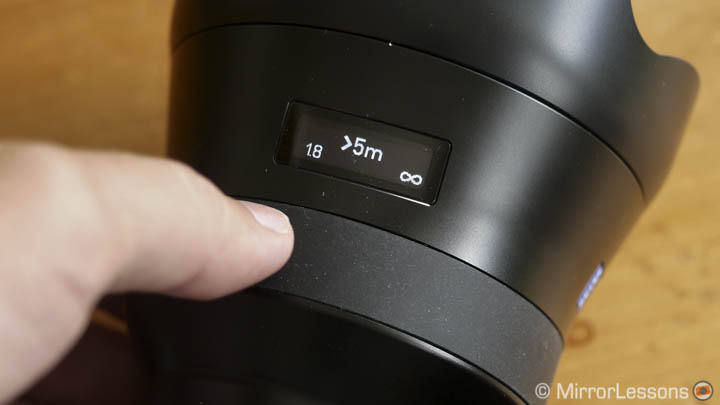
The 21mm has a distance scale marked on the focus ring and a hyperfocal scale on the barrel. This helps you work with zone focusing. The mechanical ring handles better than the fly-by-wire ring of the Batis and delivers precise results. Interestingly, the Loxia 21mm breathes more when changing focus points in comparison to the Batis 18mm.
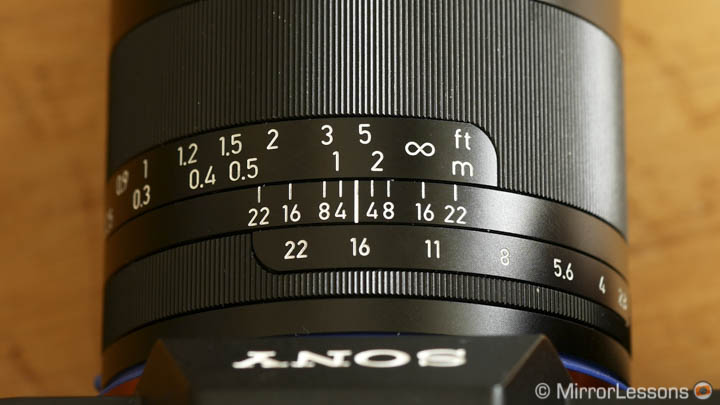
With both lenses you can take advantage of peaking and magnification in the viewfinder or on the LCD screen to double check your result. The Loxia has electronic contacts too, which means that magnification can be automatically activated when turning the focus ring.
Personally speaking, the AF/MF difference wouldn’t really affect my decision.
Because it is a wide-angle lens, I find it easy to manually focus with the Loxia in most situations especially if we are talking about landscapes or architecture where you don’t have to rush to take your shot. If you intend to use the lens for events, action or other situations where the autofocus is convenient, choosing the Batis could make more sense.
Design and ease of use
The second relevant difference is the size. I’ve always praised the Loxia lenses because their diameter matches that of the E-mount just perfectly.
The difference in weight is less relevant and the Batis is actually slightly lighter.
They both have a solid metal build. The Loxia comes with a metal hood while that of the Batis is plastic. The 18mm is also weather-sealed against dust and moisture. The Loxia features blue rubber that protects the mount but the lens itself is not weather-sealed.
The Batis 18mm has an OLED screen that shows your focus distance and depth of field. It activates when you turn the camera on. By rotating the focus ring 360° clockwise or anti-clockwise from the shortest or longest distance, you can change the unit from meters to feet, or enable/disabled the screen in Auto/Manual focus modes.
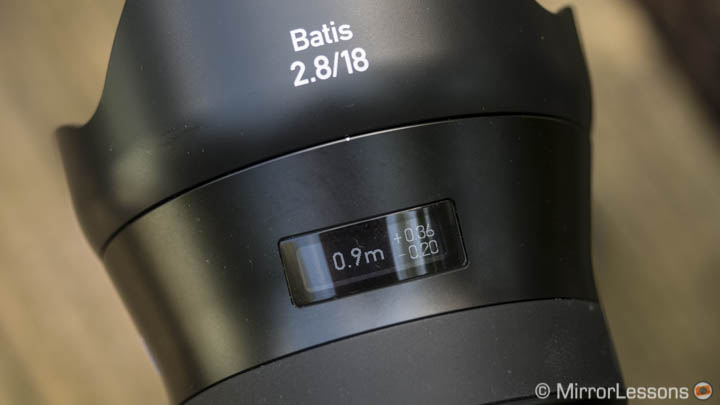
In daylight the information on the screen can be difficult to see. The OLED doesn’t show a precise distance past 5m but only “< 5m” making it useless for astro-photography. When focusing on the stars, you usually set a distance like 24m or similar. Having that precise distance marked on the lens’ display would be more useful.
The Loxia 21 has an aperture ring that moves in 1/3 steps. It is precise to use, is not too loose and can be de-clicked for video work. All you need to do is turn the dedicated screw on the rear and Zeiss provides a key to perform the task.
One annoying thing about the Loxia lens is that there isn’t a lot of room to grip the barrel: the aperture and focus rings occupy almost the entire surface. Unmounting the lens can be annoying because you also wind up turning the rings or even the hood accidentally. With the Batis there is more room to grab the lens barrel.
Optical quality
The Loxia 21mm is one of my absolute favourite lenses for the Sony A7 series so I was very curious to see how the Batis 18 would compare.
Concerning sharpness at f/2.8, the Batis performs slightly better although the difference is not easy to detect at first and requires some prolonged pixel-peeping. This concerns both the centre and the corners of the image.

From f/4, the performance is basically identical while from f/5.6 the 21mm takes the lead. Once again there isn’t a huge difference but the Loxia remains slightly sharper up to the smaller apertures and shows sligthly less diffraction.
The Batis can focus as close as 30cm with autofocus and 25cm with manual focus. The latter is the same minimum focus distance you can find on the Loxia. Because the focal length is longer, the 21mm has better magnification. The bokeh is very similar and with either lens, you will only achieve a relevant shallow depth of field by focusing close to an object.


Both lenses contain distortion really well. You only get some tiny barrel distortion that disappears completely once the lens profile is applied to the RAW file. For the SOOC JPGs, make sure to have the Lens Comp. options set to Auto in the Menu.


Flare resistance is excellent. The Loxia 21mm has a more distinctive star flare. We can notice a tiny ghost flare from the 18mm in direct sunlight.


Vignetting and chromatic aberration are non-issue. You can find a little bit of purple fringing in strong backlit scenes but I had to shoot an extreme example to find it.
Finally, astro-photographers will be interested to know that the 18mm has less comatic aberration, delivering almost perfect corners at f/2.8.
The Loxia doesn’t look bad but reveals more noticeable “comet shapes” than the Batis.

Loxia version here
Field of view
One of the most important questions you should ask yourself if you are hesitating between these two lenses is: which field of view is best for your type of shooting?
Three millimetres on a wide-angle lens can make a significant difference.
For landscapes, I find it to be less of an issue if you are dealing with wide scenes and lots of space and have lots of freedom to move around. However you can find yourself in tight corners even when out in the open. In the example below I wanted to capture the entire height of the waterfall. The Batis 18mm allowed me to frame both the very top of the waterfall and the stream of water passing close by. To keep the top in my frame with the 21mm, I had to sacrifice some of the foreground.
I could have walked further away with the Loxia to capture a vaster scene but in this case, a bridge was in the way. The solution would have been to look for a different composition (perhaps including the bridge) or a different point of view.
A more practical example can be found in the streets of a small town. With the 18mm I managed to capture the entire block in front of me while with the 21mm I prioritised the bigger building on the left.
Moving indoors, the differences become even more apparent.
It is indoors that you usually don’t have a lot of space to work with. In the following images you can see how I captured the large hall inside a castle with the two lenses. The 18mm allowed me to capture the immensity of the room: we see a lot of details outside the two main columns that suggest the sheer size of the room. With the Loxia, the field of view is smaller and you don’t get the same sense of vastness.
Here is yet another example in a smaller room. With the Batis I was able to capture the bed at the centre, the window on the left and the door on the right which gives us a good sense of orientation. With the Loxia I had to choose between the window and the door. I couldn’t move backward as I was basically leaning against the wall behind me.
Of course in some situations, you can use the panorama technique and shoot in vertical orientation to get a larger view. However this solution might not always be possible and should be considered an extra.
Keep also in mind that having a narrower field of view is not necessarily a negative thing: it can work well if you really like that particular angle of view.
I used the Loxia 21mm extensively while travelling around London for a day and while I found the angle of view limiting, it was also a matter of coming up with the best composition possible using the gear I had with me. In the end I was very pleased with my images.

Price and conclusion
The price is approximately the same for both lenses (around $1500) so it shouldn’t influence your decision.
We’ve seen that concerning optical quality, the Batis is sharper at f/2.8 while the Loxia is better from f/5.6 but the differences are minimal. Perhaps the most important finding to consider is that the Batis controls coma aberration better than the Loxia at the corners, which makes it the more favourable choice for astro-photography.
Optical quality and obvious differences concerning size and the focusing system aside, the primary deciding factor in my opinion should be the field of view. The Batis 18mm gives you those extra 3 millimetres that can be really helpful for architecture, especially if we are talking about indoor work. For landscapes, the Loxia is a valid choice and you can appreciate its compact size.
It is a tough call but my advice would be the following:
Choose the Batis 18mm f/2.8 if:
- you often shoot astro-photography
- you shoot a lot of architecture (outdoor and indoor)
- you like the convenience of autofocus
- you shoot in rough weather conditions where full weather-sealing is welcome
Choose the Loxia 21mm f/2.8 if:
- you shoot a lot of landscapes and want the best sharpness you can get
- you like star flares
- you like old-fashioned zone focusing and the feeling of a mechanical focus ring
- you like using smaller lenses
Check price of the Batis 18mm f/2.8 on
Amazon | Amazon UK | B&H Photo | eBay
Check price of the Loxia 21mm f/2.8 on
Amazon | Amazon UK | B&H Photo | eBay
Second-hand E-mount lenses on
Additional images
Batis 2.8/18





Loxia 2.8/21






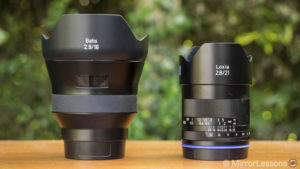

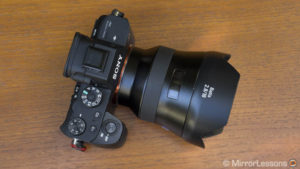
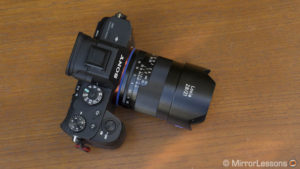







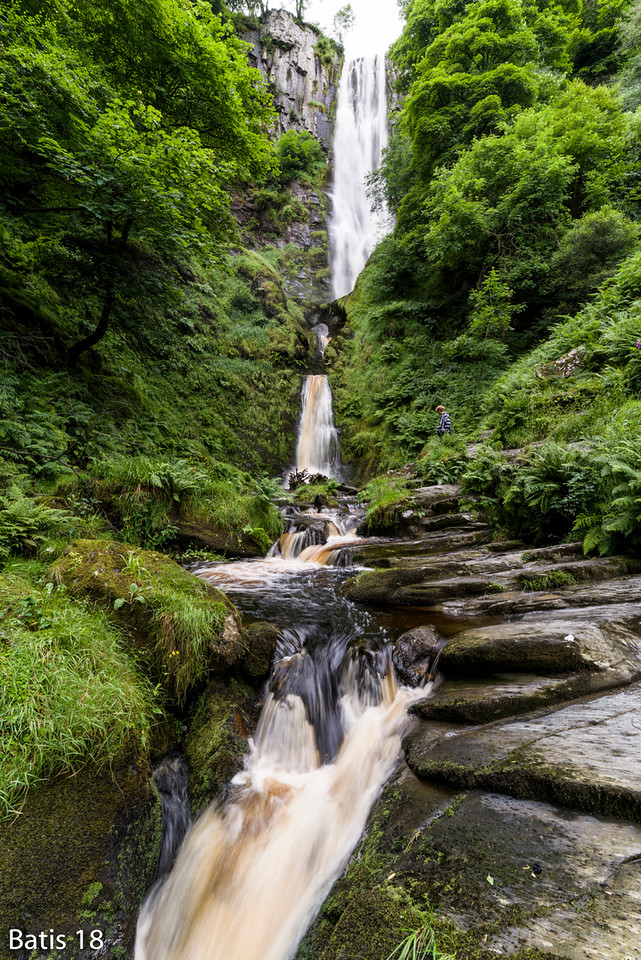
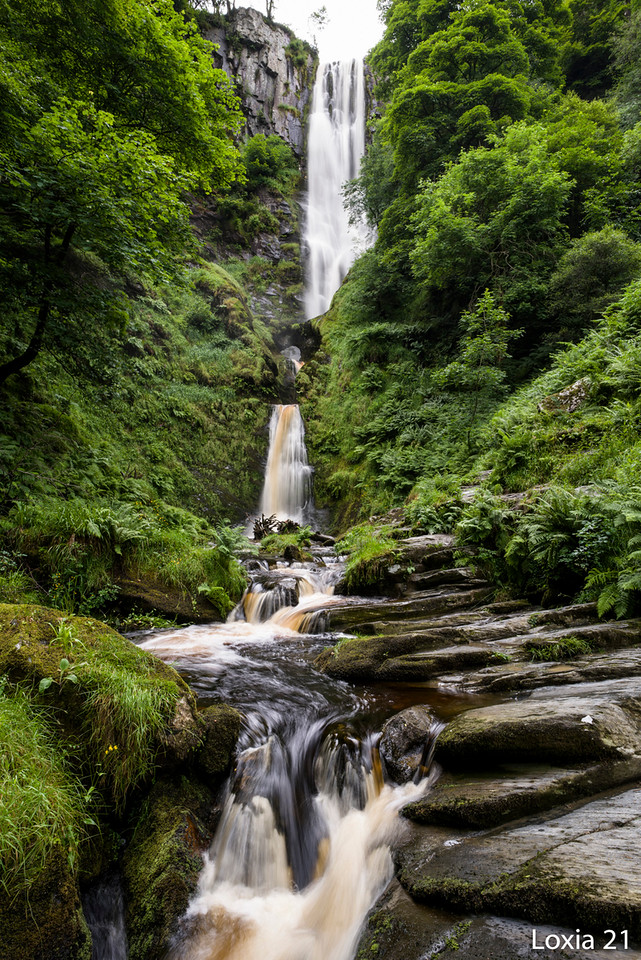
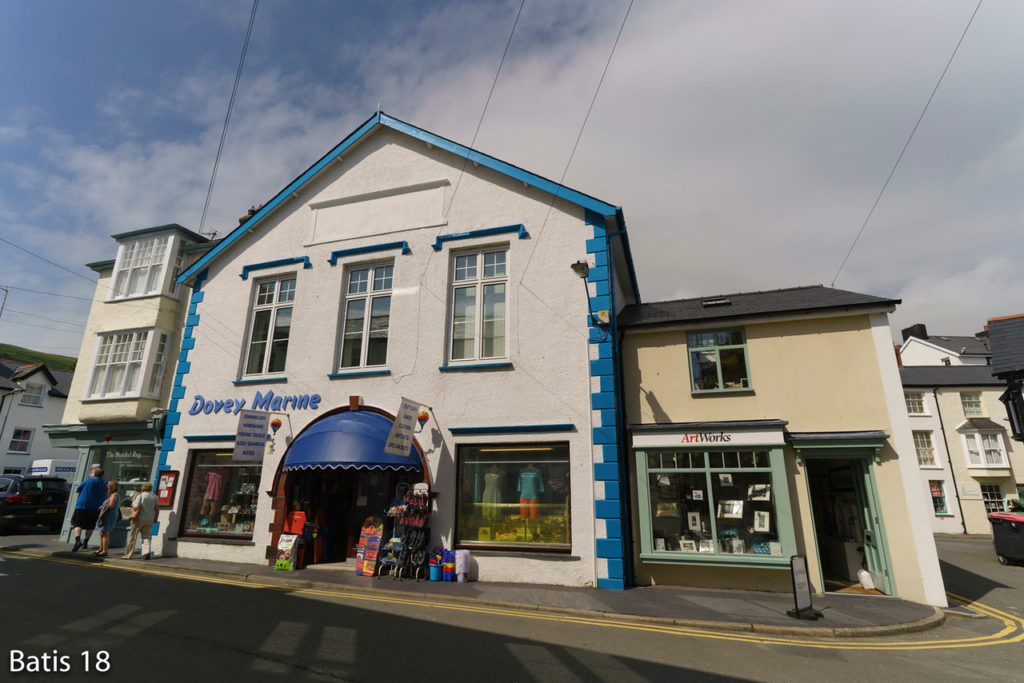
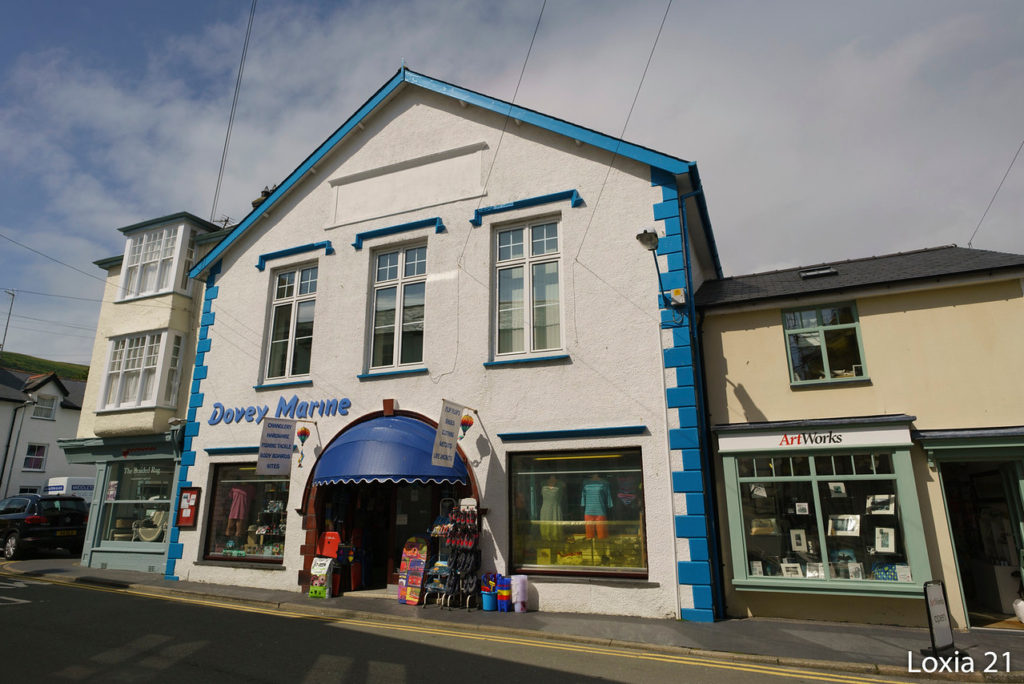
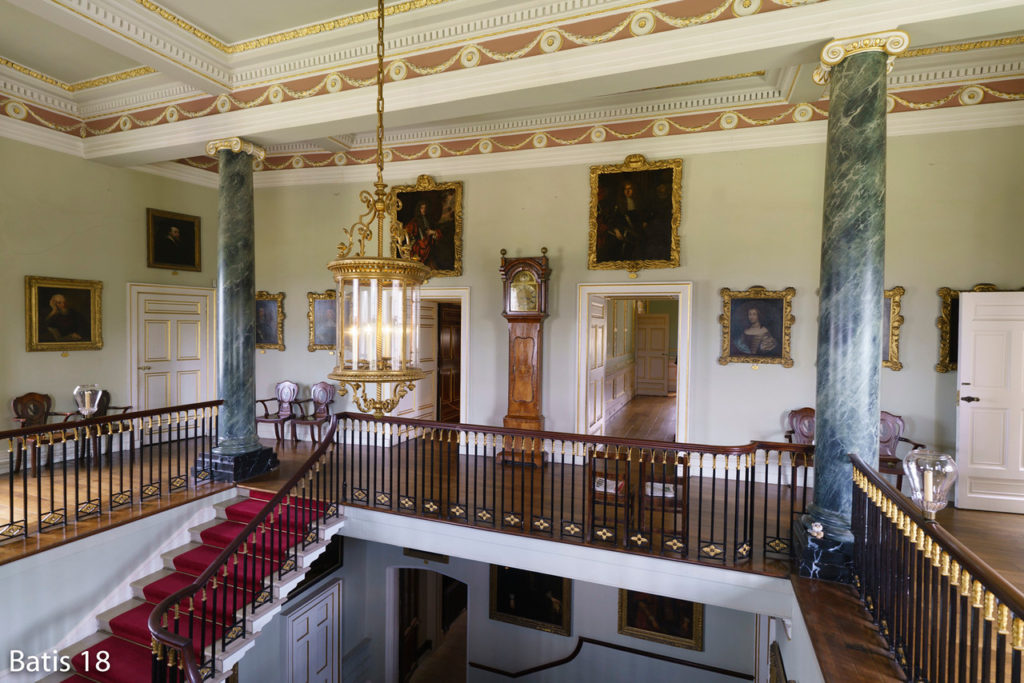
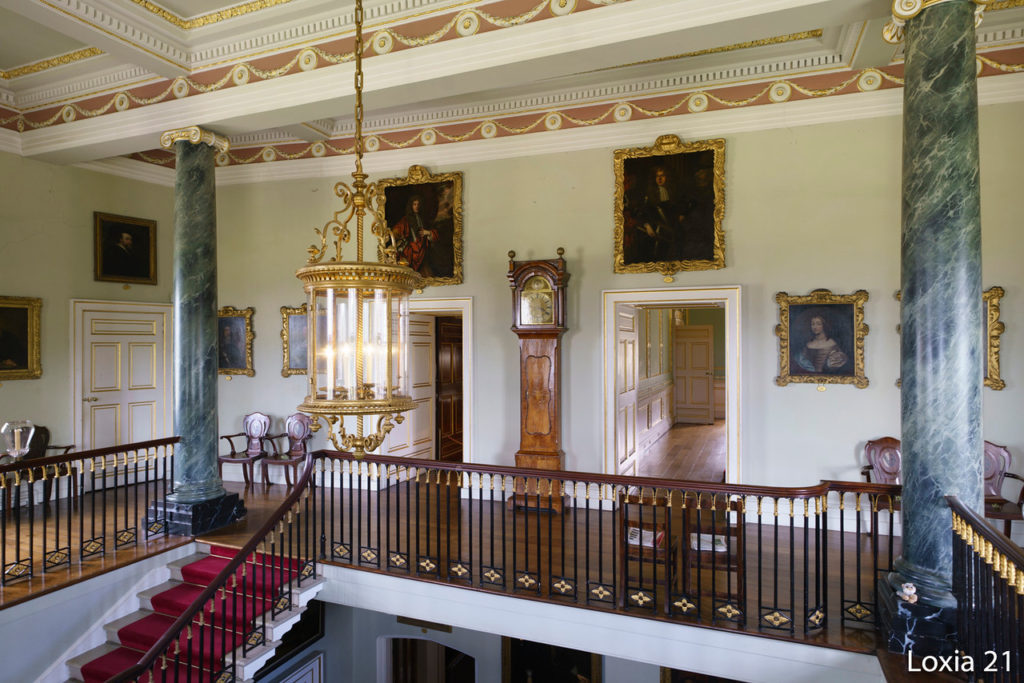
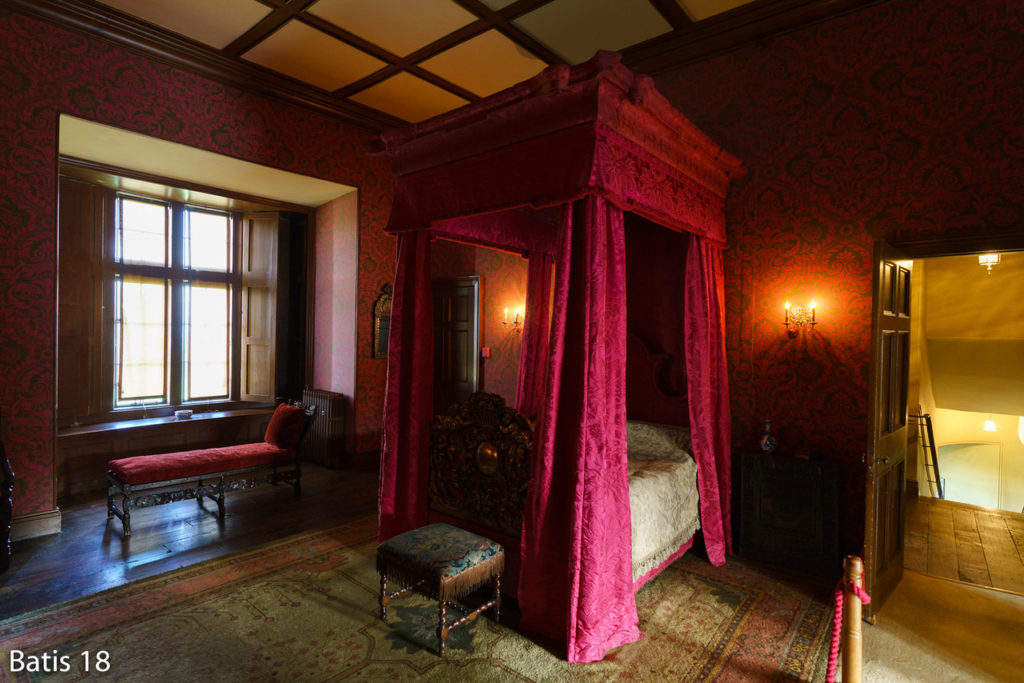
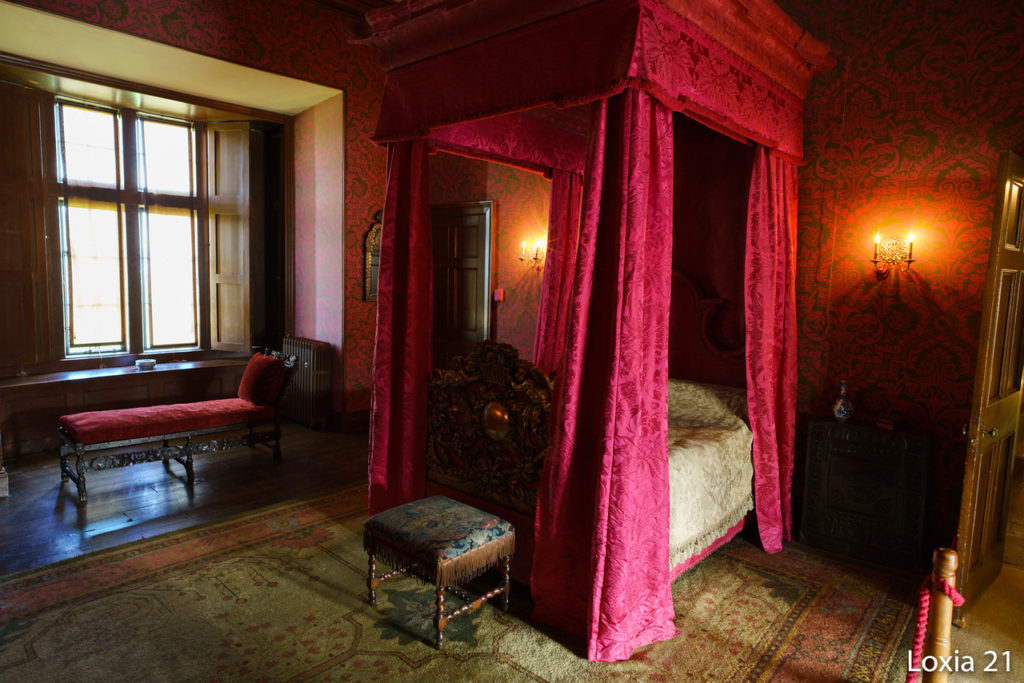
Thanks for the great article. Which lens would you choose for street and concert photography? And which one is the more “remarkable”, “special” lens?
Excluding architecture, I would say that the Loxia can do fine for street and the 21mm FoV is good for concerts as well. I guess the only question regarding the latter is to know if you are comfortable using a MF lens. If that’s a yes, then I would go with the Loxia. It’s the one I would call “special”, I like its compact size and manual rings.
I own both lenses and I beg your pardon – there is something wrong with your review. Loxia 21 is way better than Batis at any aperture. My wild guess is that you lack some skills in manual focusing. Try to make more sample photos but focus the lens going from beyond infinity until you hit that very first super-sharp focus. If you go from the other side or try to be in the center of that sweet-spot sharp area of focus you will end up with a little blurry egdes.
I always do my test twice to double check. Do you have some examples with your lenses?